Owners of the M1 Mac mini can upgrade the storage, but with a tricky process involving desoldering chips, it's a difficult path that most users should avoid taking in the first place.
In previous generations before Apple Silicon was introduced, Apple's design of the Mac mini allowed for various components to be changed, including storage drives. As part of Apple Silicon, Apple switched entirely over to chips soldered directly to the logic board, locking users into using a specific capacity of internal storage for the life of the Mac.
Through the use of solder, Apple does make it extremely difficult to upgrade the storage, but it's not impossible. With the right knowledge and skills, as well as the correct components and a lot of luck, a determined owner can risk their hardware making the upgrade.
In one YouTube video published on Friday by Luke Miani and with assistance from Apple enthusiast "@dosdude," the considerable effort behind such an upgrade is revealed, and it's a process that most people won't want to undertake.
The video has the aim of upgrading an M1 Mac mini from 256GB of storage and moving to 2TB of capacity. To accomplish this, the duo had to remove the existing soldered-in storage and replace them with two one-terabyte NAND chips
Disassembly of the Mac mini is relatively trivial, consisting of 13 screws and stripping off any plastic items and other removable components, in preparation for a lot of heat-based activity.
The first big obstacle is to remove an underfill layer from below the existing chips, which is a material injected underneath the chips and hardens over time. While it's already difficult enough dealing with the underfill, there are also resistors near the chips that are also embedded in the material, components that need to be kept intact and in place.
Using a special tool for scraping away and for lifting the chip, the components are blasted with hot air and eventually separated.
The new chips are reballed with solder, using a stencil and more heat, before being placed onto the board and soldered using hot air again.
After a reassembly, the next step was to use Apple Configurator 2 for a restoration. However, despite trying using macOS Big Sur and other earlier editions because of the belief Apple Configurator in later IPSWs doesn't allow a restoration of blank or unprogrammed NAND, issues prevented the restoration from continuing.
As a last-ditch effort, and based on advice heard from others who have tried their own storage upgrades, the chips were swapped around. It was believed that the order the chips were lined up in on the board actually mattered to Apple's architecture, but even this failed to work.
Weeks later, the pair were armed with a new set of NAND chips, which were blank instead of being pre-programmed. The change worked, and even did so with the use of Configurator in macOS Ventura.
By the end of the video, Miani sums up the experience by confirming that it is possible to upgrade storage, and other components, in a Mac mini. However, "the skill set required to do so is way higher than in the old days where all you needed was a Phillips head screwdriver."
The storage bump is a considerable bonus for undergoing the project, especially when the chips used for the upgrade cost $100 versus the $800 extra Apple charges for going from 256GB to 2TB through its configurator. That is, of course, if you have the equipment, knowledge, and the nerve to pull it all off.
This is not Miani's first rodeo in attempting to upgrade an Apple Silicon Mac's storage, but it is a massive success for him.
In March 2022, attempts by Miani to upgrade the storage of the Mac Studio with a modular slot-based drive system failed. It was later determined that the drive modules are basically NAND chip holders without the usual onboard controller, as that component is handled in the Mac Studio itself, not on the module.
In cases where the storage chip being added to the Mac Studio was of a different capacity than what the controller expected, the mismatch would become an issue.
At the time, Miani was also advised by Genius Bar employees that the modules are serialized, and that tools are used to imprint the serial number onto replacement drives. The techs are also limited to using those tools for repairs, not for upgrades.
AppleInsider strongly advises not to go down such a risky route to upgrade a Mac mini. However, while you could pay for a storage upgrade from Apple at the time of ordering, it's also a good idea to consider using external storage options, such as a Thunderbolt storage drive, to expand the available capacity.
 Malcolm Owen
Malcolm Owen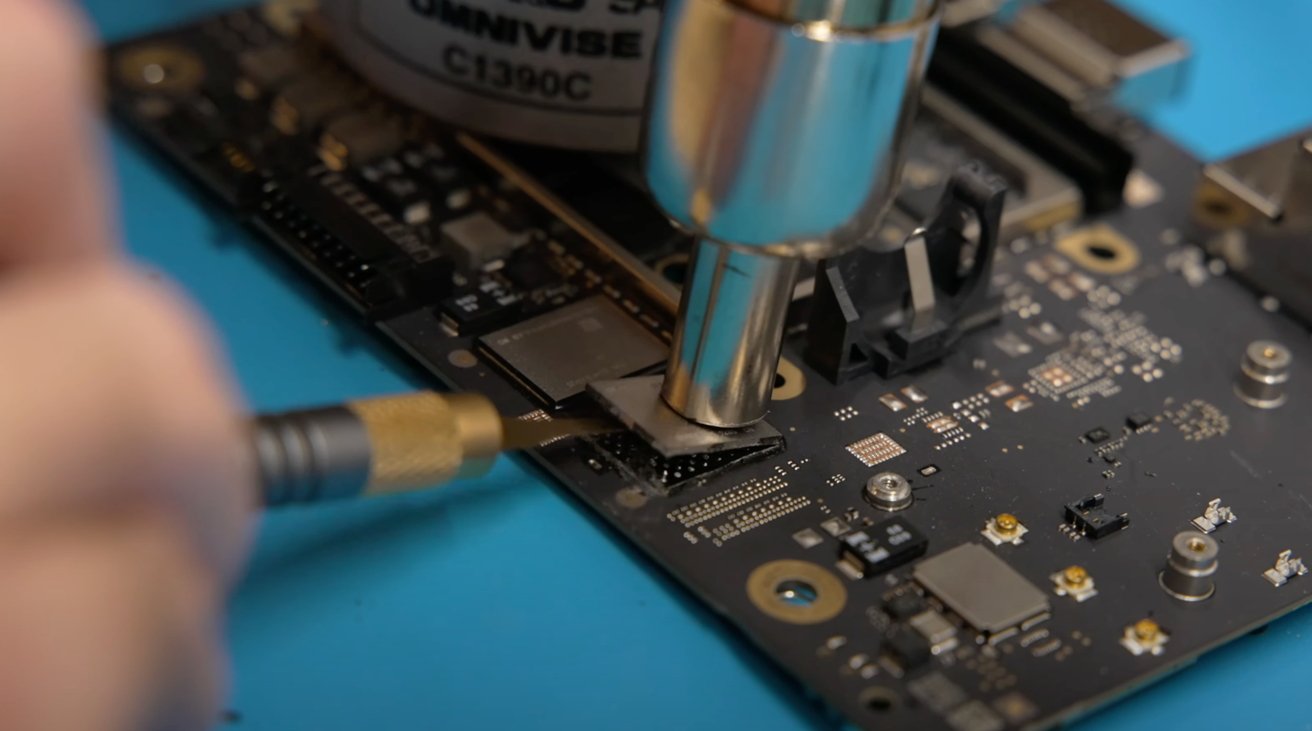
![New NAND chips applied to the Mac mini logic board [YouTube/Luke Miani]](https://photos5.appleinsider.com/gallery/55849-113437-lukemianimacmini1-xl.jpg)

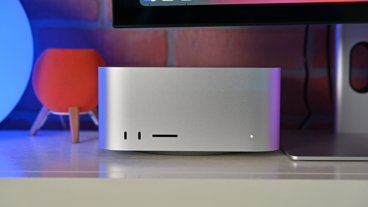





-m.jpg)





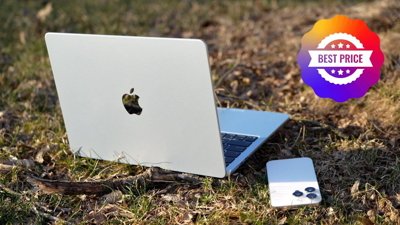
 Christine McKee
Christine McKee
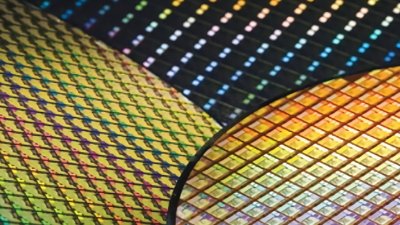

 William Gallagher
William Gallagher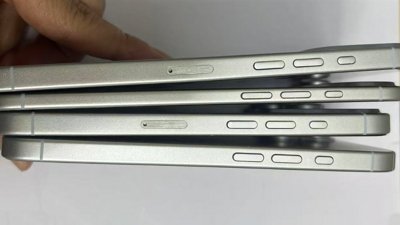


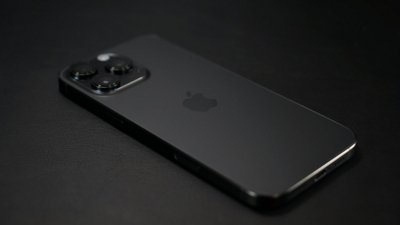
 Wesley Hilliard
Wesley Hilliard



-m.jpg)



23 Comments
At the beginning of every episode of the late, lamented best show ever on TV, Mythbusters: "Don't try this at home!"
And their famous motto: "Failure is always an option."
Average melting temperature of solder used in circuit boards is 361° F. A soldering iron heats up to 480°. That's enough to destroy the circuitry inside that SSD. Sure, you're taking it out and don't care (except for destroying the surrounding chips), but now you have to solder the new one in. And you have to solder not just one, but dozens of them.
This is done by robotics at the factory where they're made, that use an entirely different process to solder everything on the logic board at the same time, in less than second. Until you can buy one of those robots, your chances of success are slim and none. And Slim just left the building.
Just buy an external drive.
Apple should reconsider SSD should be replaceable. What a waste of money and landfilled.
Over $1000 laptop or desktop died due to just SSD failure. Is this really green as Apple always claimed all their product made by recycle material but in the end they create more unnecessary.
Mac mini, Pro, Studio, Macbook Air and Pro can be user replaceable like Mac Studio Apple's own form factor SSD.
I am not asking Apple makes their computer use nVME PCI-E 4.0 or 5.0 SSD from Samsung or others.
I am asking stop create products that force consumer to choose from the purchase and stuck with SSD.
The RAM is already some what built in with chip so I don't care. the RAM rarely failed anyway. And soon or later Apple will bump base model to 16GB.
People will upgrade their computer anyway soon or later.
However don't make them force to buy new computer and can not trade in if computer not functioning as not able loading MacOS due to SSD failure.
Currently Apple only recycle it free of charge from you.
Unless Apple pay trade in not functioning computer as long as no physical damage shown at least 50% what same model functioning computer trade in price.
I am not sure why FTC does not look into this? This is more against consumer right then Microsoft and Activision merge.
It’s such a shame Apple doesn’t just charge a fair premium for storage upgrades at the purchase stage.
I know they’ve always ripped people off with Ram and Storage configurations, but one always hopes they’ll one day become more reasonable.